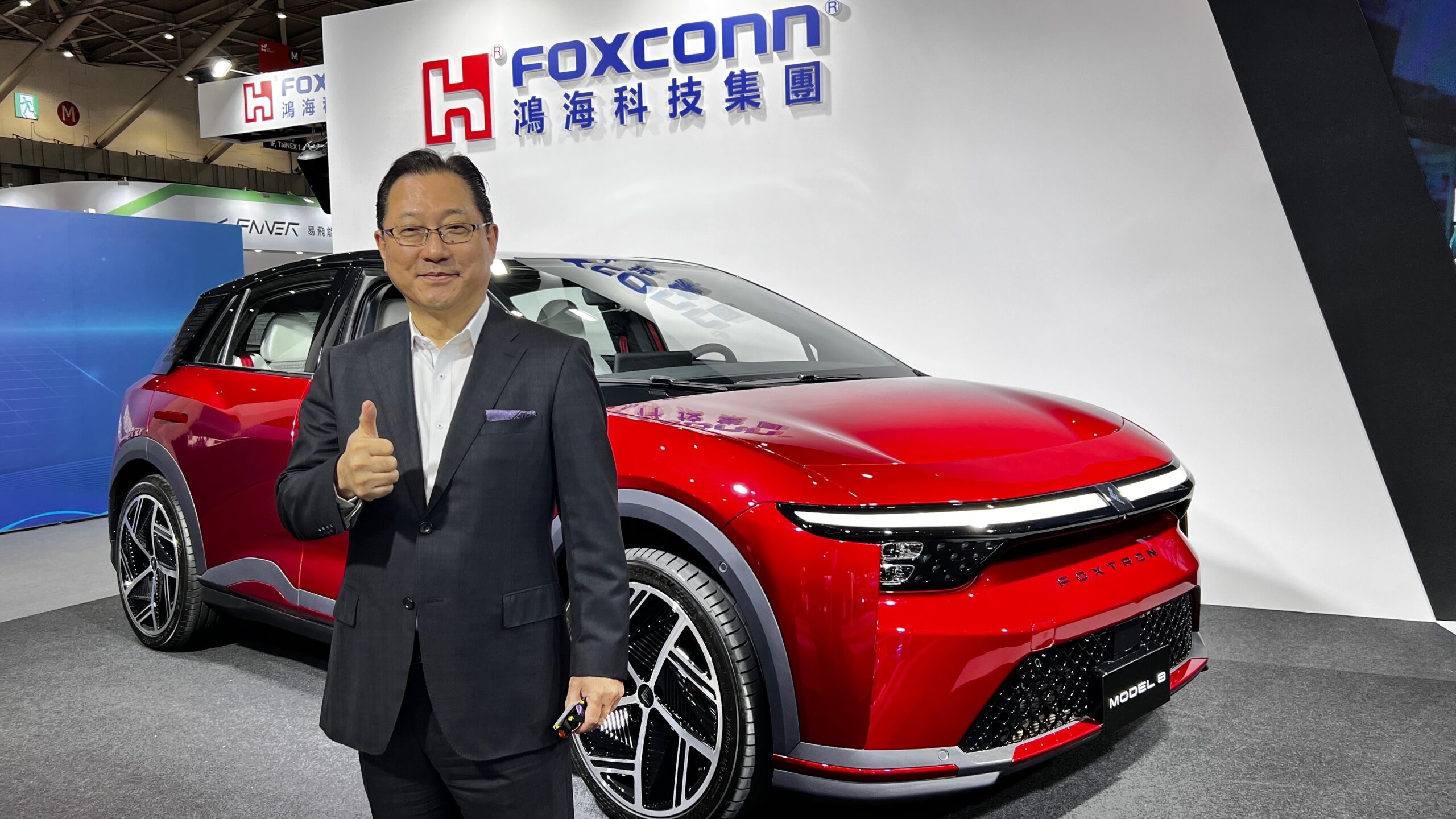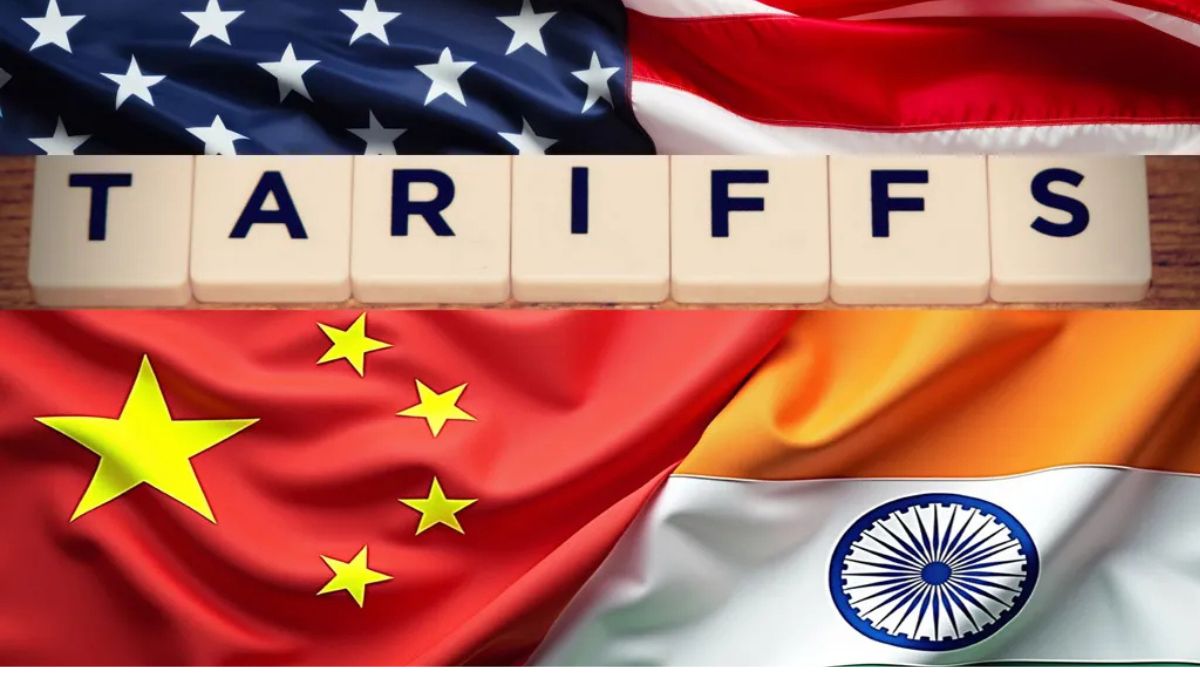
In a bold move that underscores the evolving landscape of the automotive industry and manufacturing sector in the United States, Foxconn, the Taiwanese technology giant renowned for its role in electronics manufacturing, has recently sold its Lordstown plant for $88 million. Despite this significant divestment, the company remains steadfast in its commitment to electric vehicle (EV) production within the US, fueling a strategic expansion aimed at capturing a growing market. This dual approach highlights Foxconn’s adaptability and long-term vision in a competitive and rapidly changing industry environment.
Background: The Significance of the Lordstown Facility
The Lordstown plant, situated in Ohio, has long been considered a pivotal asset for Foxconn’s ambitious plans to establish a substantial footprint in EV manufacturing. Originally acquired with high hopes of transforming the facility into a hub for electric vehicle assembly, the plant symbolized the company’s entry into the US EV market, leveraging the country’s push for green energy and sustainable transportation solutions.
However, recent financial and strategic considerations have prompted Foxconn to reassess its investment in this particular facility. The sale of the Lordstown plant for $88 million, a figure that may seem modest relative to its initial valuation, reflects a pragmatic approach to resource allocation and risk management, especially in a sector marked by significant capital investment and technological uncertainties.
The Deal: Why Foxconn Sold the Lordstown Plant
The decision to divest the Lordstown facility emerged amid various challenges and market dynamics. The plant’s sale is part of Foxconn’s broader strategy to optimize its manufacturing portfolio and focus on areas with higher growth potential. As reported by the Times of India, this move allows Foxconn to recoup some investment while redirecting resources toward more promising ventures within the EV ecosystem and other advanced manufacturing fields.
Additionally, the sale signifies a shift from traditional manufacturing setups to a more flexible and project-specific operational model. By shedding a fixed asset like a manufacturing plant, Foxconn can reduce overhead costs and swiftly adapt to market demands and technological innovations.
Continued Commitment to Electric Vehicle Production
Despite the sale of the Lordstown plant, Foxconn’s commitment to EV production in the United States remains unwavering. The company has announced that it will keep manufacturing operations ongoing through partner collaborations, joint ventures, and new facility developments. This approach ensures that Foxconn maintains its foothold in the fast-growing EV sector while also navigating the logistical and financial complexities associated with owning and operating large manufacturing assets.
According to the Read More: Foxconn sells Lordstown plant for $88 million but keeps EV production running while expanding US growth.
Strategic Impact and Future Outlook
This scenario demonstrates Foxconn’s strategic agility. The company’s decision to sell a major manufacturing asset while continuing EV production via other channels emphasizes a flexible, lean approach designed to maximize efficiency and market responsiveness. It also reflects broader industry trends where manufacturing giants are re-evaluating their physical assets to adapt to technological shifts and supply chain realities.
Foxconn’s expansion in the US is not limited to this specific plant. The company is exploring multiple ventures, including partnerships with established automakers and the development of new manufacturing facilities across the country. This broader push aims to position Foxconn as a key player in the American EV landscape, competing alongside traditional automakers and newer entrants.
Challenges and Opportunities
While the move is strategic, it comes with its fair share of challenges:
- Financial Risks: The sale price of $88 million may not cover all previous investments, raising questions about the economic rationale.
- Market Uncertainty: The EV market remains volatile, with fluctuating consumer demand, regulatory shifts, and technological advancements influencing growth prospects.
- Supply Chain Dependencies: Foxconn must navigate complex supply chains to ensure uninterrupted EV production, especially as it scales operations across multiple locations.
Nonetheless, these challenges present opportunities for innovation and strategic partnerships. By reallocating resources and emphasizing flexibility, Foxconn can better position itself for future growth in the US electric vehicle market.
Conclusion: A Dynamic Shift in Manufacturing and EV Strategy
Foxconn’s recent sale of its Lordstown plant signals a transformative period for the company as it balances asset management with aggressive EV expansion. Their commitment to continuing electric vehicle production in the US, despite divesting from a major manufacturing facility, showcases a nuanced strategy aiming for sustainable growth and market leadership.
As Foxconn navigates this complex landscape, its ability to adapt, innovate, and strategically invest will determine its position in the highly competitive EV arena. Industry watchers and market participants will be keenly observing how this approach influences the broader manufacturing sector and the future of electric mobility in the United States.
Ultimately, Foxconn’s journey reflects the broader themes of resilience, strategic reorientation, and innovation — essential qualities for thriving in today’s dynamic industrial environment.
For more updated news please keep visiting Prime News World.








